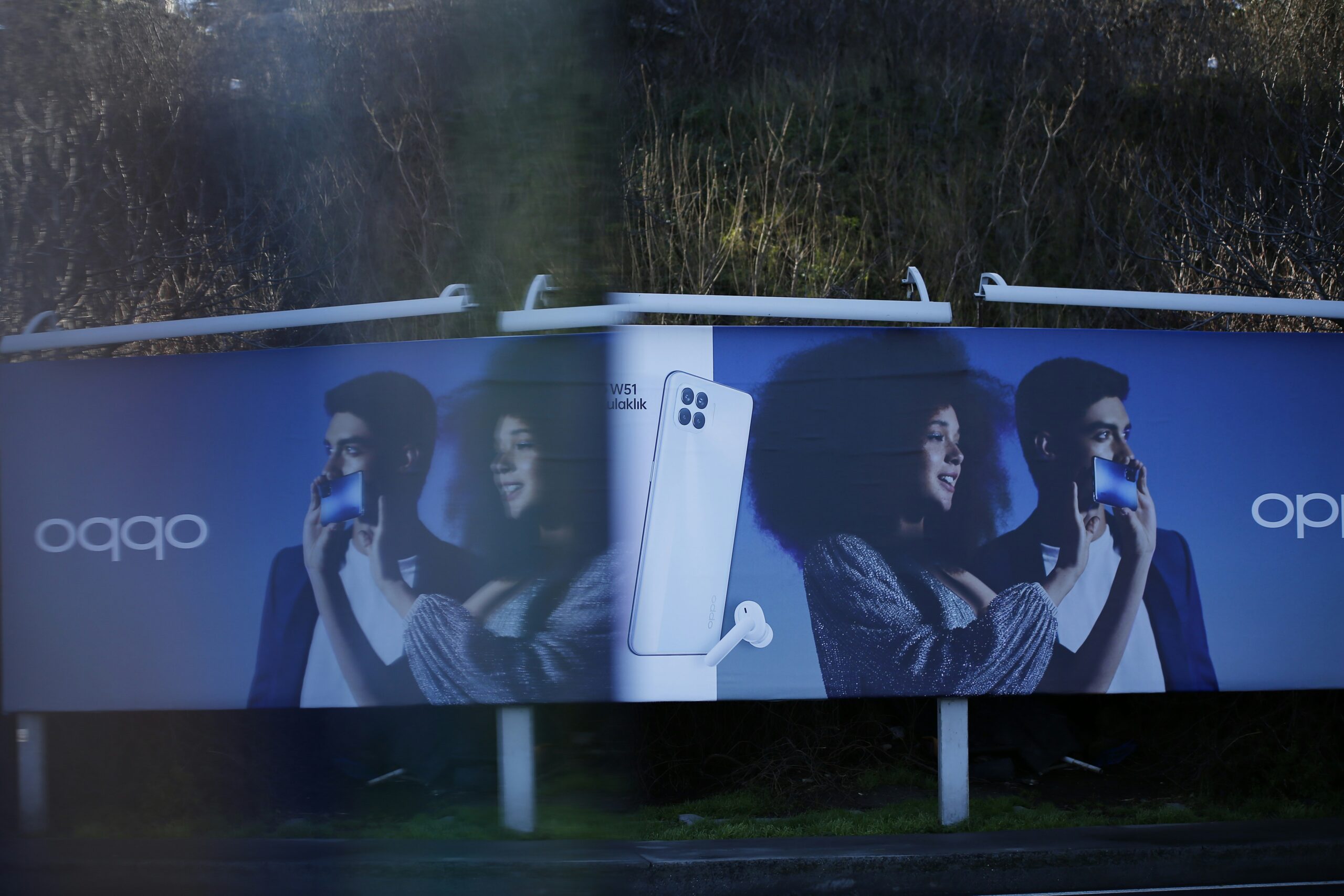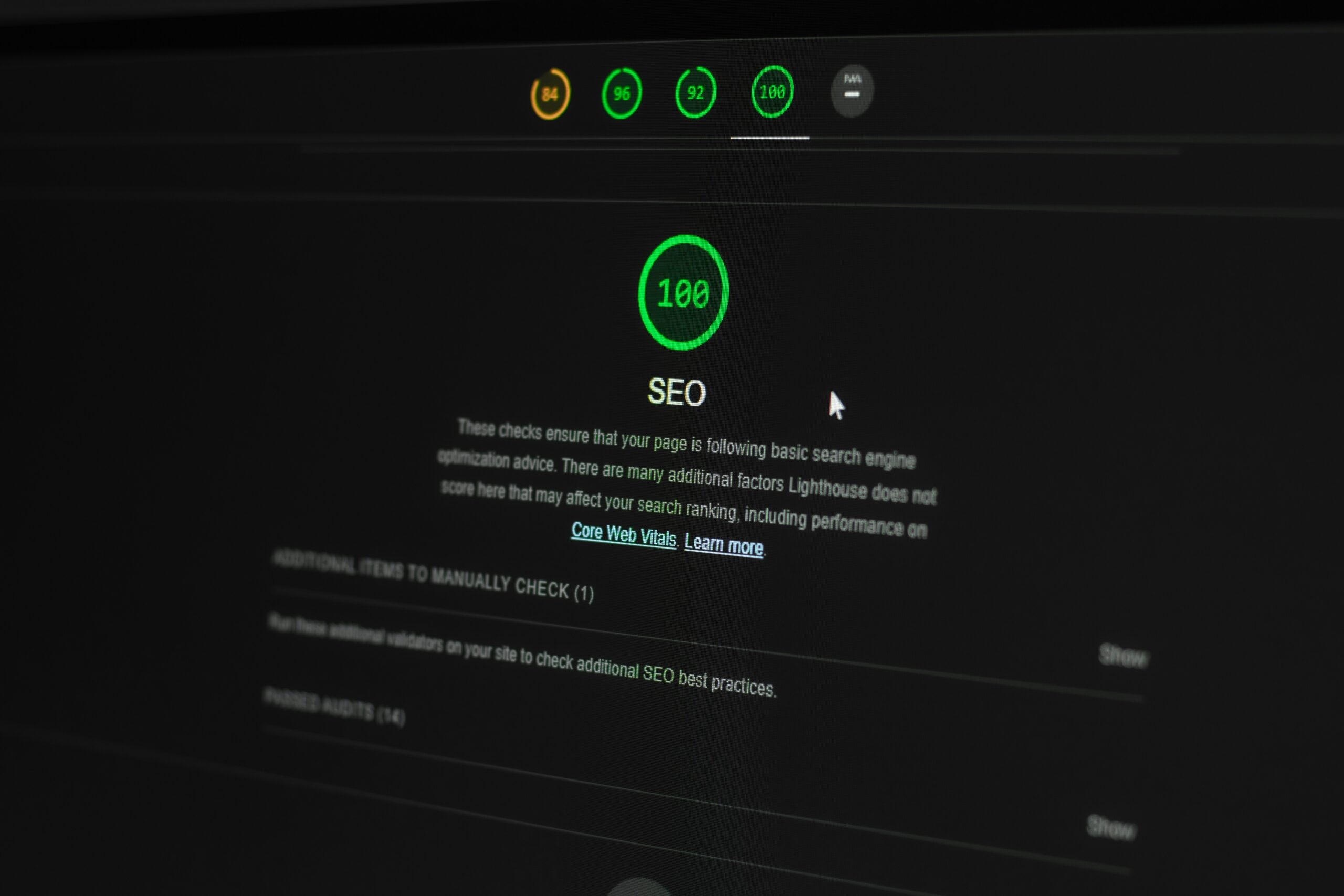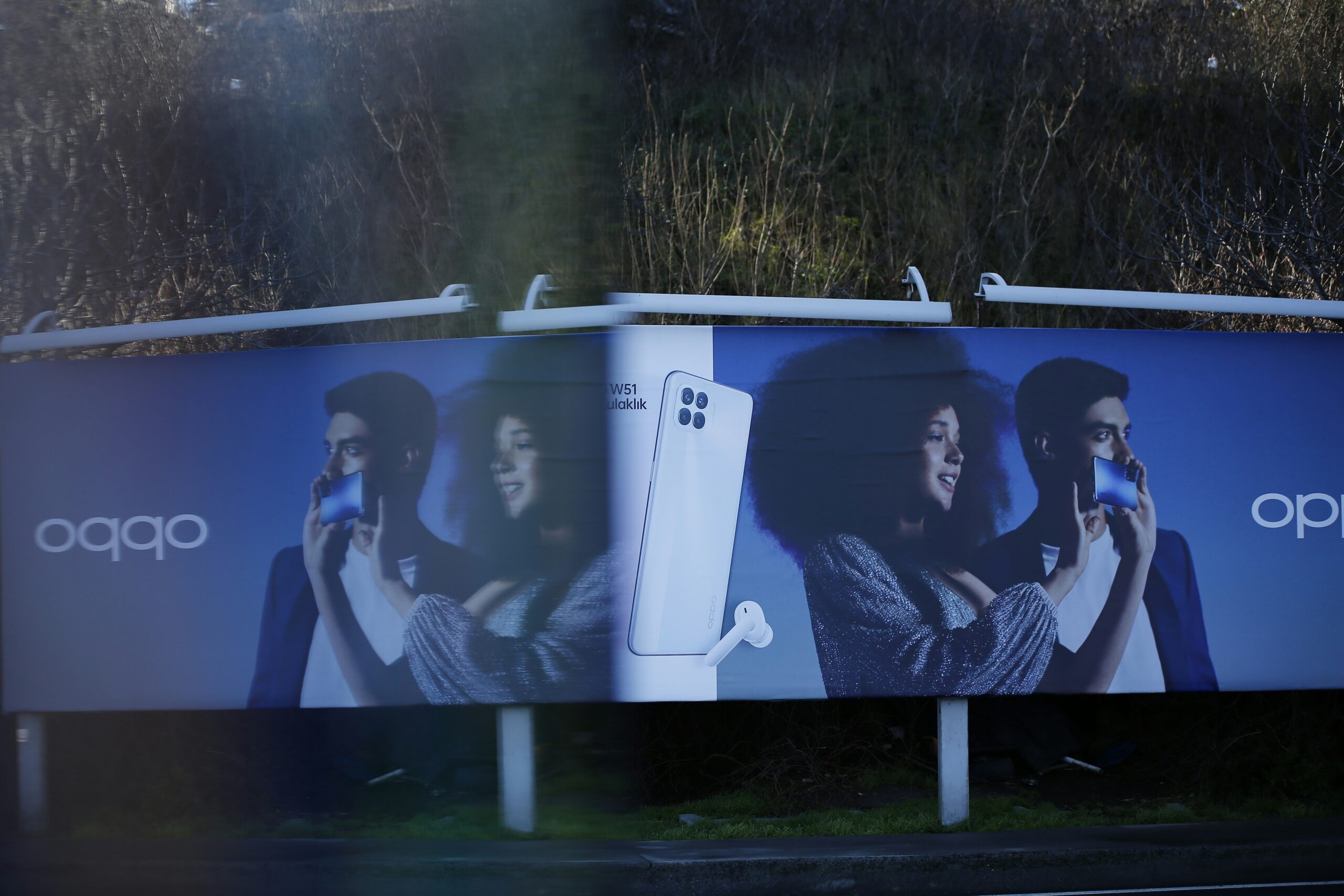The Future of Marketing: 5G-Enabled Immersive Advertising
September 12, 2025 | by qqvmedia.com


Understanding 5G Technology
Fifth-generation (5G) technology represents a significant leap forward from its predecessor, 4G, in terms of performance capabilities. One of the primary characteristics that define 5G is its high speed, which can reach up to 10 Gbps. This remarkable speed enables the rapid download and upload of large files, facilitating instant access to high-quality content. Consumers and businesses alike stand to benefit from this enhanced capability, particularly in environments that demand high data throughput.
Another critical aspect of 5G is its low latency, which refers to the delay before data transfer begins following an instruction. 5G technology can achieve latency as low as one millisecond, a stark contrast to 4G’s latency of around 30-50 milliseconds. This minimal delay is crucial for applications requiring real-time responsiveness, such as virtual reality and augmented reality experiences, making it a game-changer for immersive advertising strategies.
5G technology also supports a greater number of connected devices concurrently. With the rise of the Internet of Things (IoT), where everyday objects are interconnected, the need for a robust network that can handle millions of simultaneous connections is paramount. 5G fulfills this requirement through its advanced technological architecture, employing techniques such as Massive MIMO (Multiple Input Multiple Output) and beamforming to deliver better signal quality and coverage improvements.
The deployment of 5G technology necessitates substantial advancements in infrastructure, including the installation of small cell networks, fiber optic cables, and improved antenna systems. These developments are not only focused on urban areas; bridging the digital divide in rural and underserved regions is also a priority. As industries adapt to the possibilities afforded by 5G, from healthcare innovations to enhanced smart city projects, the impact on various sectors will be profound, ushering in a new era of connectivity and immersive experiences.
Immersive Advertising Explained
Immersive advertising represents a transformative approach to marketing that leverages advanced technologies such as virtual reality (VR), augmented reality (AR), and interactive content. This innovative strategy aims to engage consumers in a more profound manner compared to conventional advertising methods. By creating seamless experiences that blend the digital and physical worlds, immersive advertising forges meaningful connections between brands and their audiences.
Virtual reality (VR) facilitates completely immersive experiences, allowing users to step into a digitally created environment where they can interact with the brand in an engaging manner. For instance, automotive brands utilize VR to provide potential buyers with a simulated driving experience, effectively enabling them to experience the vehicle’s features in a controlled, engaging environment. On the other hand, augmented reality (AR) overlays digital information onto the real world, enhancing the consumer’s perception of products right in their physical environment. Popular applications include filters in social media and interactive product models that consumers can visualize within their own space before making a purchase.
Another significant element of immersive advertising is interactive content. This includes video games, mobile applications, and social media experiences that require consumer participation. Through gamification or interactive storytelling, marketers can create captivating narratives that drive user engagement, leading to improved retention of brand messages. Research indicates that consumers tend to favor experiences that allow them to interact, with many expressing a higher likelihood of brand loyalty when brands incorporate immersive experiences into their marketing strategy.
As consumers increasingly seek engaging content that resonates with their preferences, immersive advertising emerges as a pivotal player in the future of marketing. By engaging audiences on multiple sensory levels, brands utilizing VR, AR, and interactive elements can capture attention and build stronger relationships, resulting in a more effective marketing approach that surpasses traditional advertising tactics.
The Synergy Between 5G and Immersive Advertising
The integration of 5G technology into the realm of advertising heralds a transformative shift in how brands engage with consumers. The advent of 5G greatly enhances immersive advertising experiences, primarily through its exceptional data transmission speeds and connectivity improvements. With download speeds that can reach up to 10 gigabits per second, 5G enables the seamless delivery of high-quality content, including augmented reality (AR) and virtual reality (VR) applications. This capability allows marketers to create and share richer, more engaging experiences that resonate with audiences on a deeper level.
One of the notable advantages of 5G technology is its ability to support real-time data processing. This functionality empowers brands to analyze user interactions instantaneously, allowing for more personalized and targeted advertising strategies. Marketers can capture users’ preferences and behaviors dynamically, facilitating tailored content delivery that enhances consumer engagement. For example, a user interacting with a VR experience could receive immediate prompts for related products or services based on their in-session choices, fostering a more interactive environment that captivates attention.
Several successful implementations of 5G-enhanced immersive advertising campaigns demonstrate this potential. Notable examples include a virtual tour of a new vehicle model that allows users to explore features interactively while being guided by a live presenter via a 5G network. This campaign not only showcases the product effectively but also creates a memorable experience for potential customers, ultimately bolstering brand loyalty. Another instance can be found in a recent AR marketing effort where users could visualize landscaping designs in their own backyards, made possible by the swift data processing offered by 5G connectivity.
As 5G technology continues to evolve, the synergistic relationship between 5G and immersive advertising is poised to redefine the marketing landscape, enabling brands to forge deeper connections with consumers through innovative and engaging content.
Future Trends and Challenges in 5G-Enabled Advertising
The advent of 5G technology is poised to revolutionize the advertising landscape, facilitating immersive experiences that engage consumers in unprecedented ways. One significant trend is the integration of augmented reality (AR) and virtual reality (VR) into marketing strategies, allowing brands to deliver interactive experiences directly to consumers’ devices. This technology enables advertisers to create more personalized and engaging content, which can lead to higher conversion rates and improved customer loyalty. Furthermore, the increased bandwidth and lower latency of 5G will support the seamless streaming of high-quality multimedia content, enhancing the overall user experience.
As consumer behaviors evolve, it is vital for marketers to adopt agile strategies that leverage real-time data analytics. Enhanced data collection capabilities offered by 5G can deliver insights into customer preferences and behaviors, enabling brands to tailor their marketing messages more effectively. However, brands must remain vigilant regarding privacy concerns emerging from this data collection. Consumers are becoming increasingly aware of their digital footprints, prompting calls for stricter regulations and ethical data practices. Failure to address these concerns can lead to distrust, ultimately undermining the effectiveness of 5G-enabled advertising.
Despite the potential benefits, several challenges persist within this rapidly changing environment. Technological barriers, such as the need for compatible devices and infrastructure, may hinder the widespread adoption of 5G-enabled advertising solutions. Companies must invest in technology upgrades and training to stay ahead in this competitive space. Additionally, strategic planning should encompass a comprehensive understanding of shifting consumer behaviors, ensuring brands can adapt to new trends. By proactively addressing these challenges and embracing the opportunities presented by 5G, businesses can position themselves for success in the dynamic world of immersive advertising.
RELATED POSTS
View all


